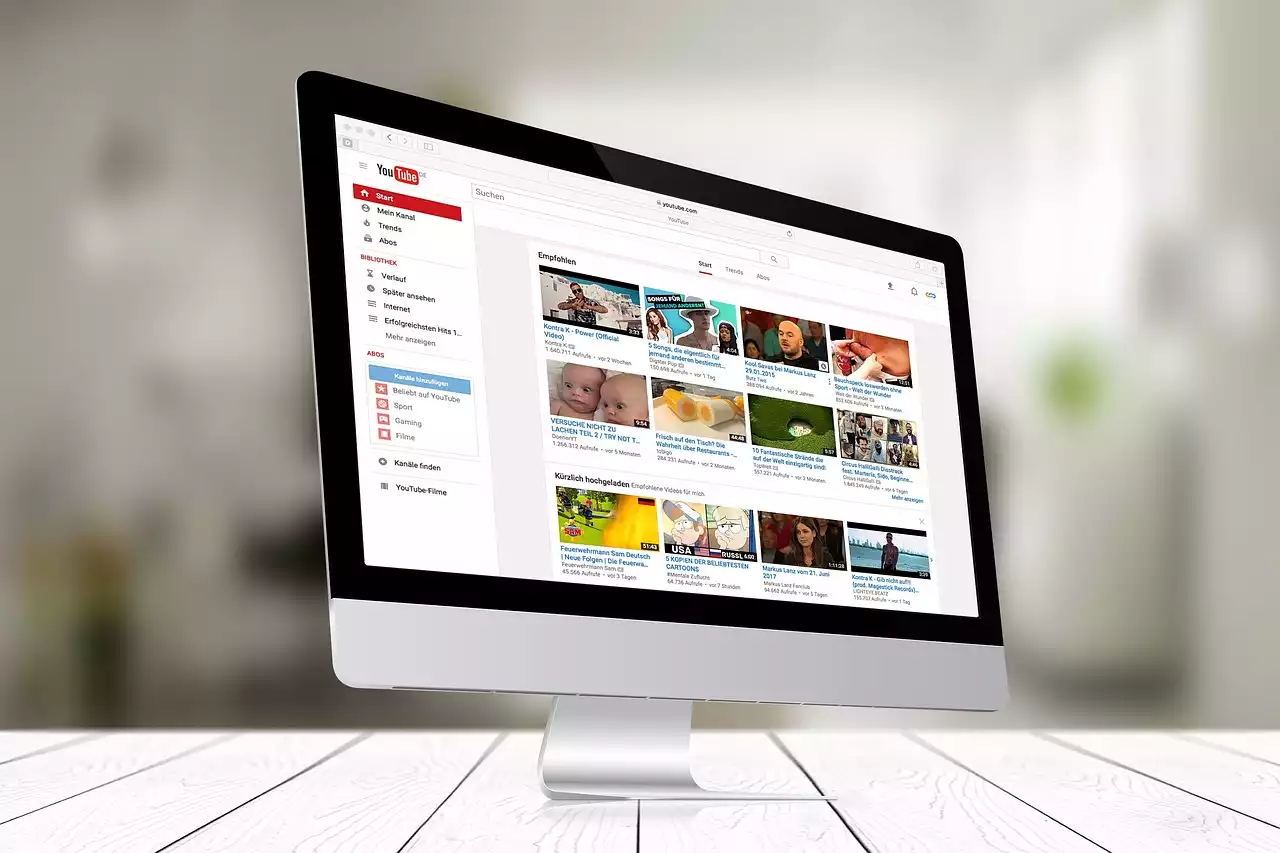Why track your YouTube analytics?
Many people start a YouTube channel with little idea of how their content is performing. Tracking your YouTube analytics can help you understand why your videos are successful or unsuccessful, so you can make adjustments to maximize your channel's success. This can help you:
- Form a better strategy: If you don’t know how your channel is performing, how can you refine your strategy? If your videos aren’t getting many views, you won’t be able to optimize your channel or build a strong audience.
- Improve your video quality: If your videos are too long or aren’t engaging enough, they won’t get many views. With your YouTube analytics, you can see what your audience likes and dislikes. You’ll be able to make adjustments to improve your video quality.
- Identify your audience: You have a much better chance of building a successful channel if you understand your audience. With YouTube Analytics, you’ll be able to identify your audience’s demographics and interests.
- Identify your traffic sources: With YouTube Analytics, you can also identify where your audience is coming from. This will help you build a stronger relationship with these sources and create more relevant content for your audience.
Overview of YouTube Analytics
All YouTube channels come with a built-in analytics tool that measures key metrics related to your channel’s performance. These metrics will help you understand the number of people watching your videos, where they’re coming from, and how long they’re watching for. You can also use YouTube Analytics to track your video’s performance. You can track several metrics, including watch time, video views, audience retention, and audience demographics. You can also track video performance, like video completion rate and video abandonment rate. You can track all of these in your YouTube Analytics dashboard. You can also see your top videos, top sources, and top landing pages to learn more about your content.
Key metrics to track
-Watch time: Watch time is an important metric that shows how long your audience is spending watching your videos. You should aim for an average watch time of between two and six minutes. If your watch time is lower than two minutes, your content may be too short. If it’s over six minutes, your content may be too long and could be turning off viewers.
- The average watch time for YouTube is about five minutes. If you want to compete for the top spot on the platform, your videos need to be longer than five minutes. While shorter videos are generally better in terms of engagement, the top YouTube channels all have one thing in common, long-form content. If you want to be more successful on YouTube, you need to create longer videos.
-Views: Views show how many times your video was loaded on YouTube. This gives you an idea of how popular your content is, but it doesn’t necessarily show engagement or watch time. Views are a good metric to track if you’re trying to find out how popular your videos are, but they aren’t the best way to measure engagement.
- Completion rate: Completion rate is a metric that tracks the percentage of people who watched the entire video. You should aim for a completion rate of 90%. If your completion rate is lower than 90%, you may have an issue with your video length. If your completion rate is low, you may have issues with the way you’re editing or structuring your videos. If you’re using YouTube’s Creator Studio, you can track your completion rates for each video.
- Abandonment rate: Abandonment rate is the percentage of people who watched less than 30% of a video before leaving. If your abandonment rate is high, you may want to look at the length of your videos or the quality of your content. A high abandonment rate can also be a sign of a poor title or description.
-Audience demographics: You can also track audience demographics to learn more about your audience. This will help you better understand who is watching your content. This information can help you create more targeted and relevant content.
Understanding your traffic sources
If you know where your traffic is coming from, it will be easier to create more relevant content for your audience. It will also help you create stronger relationships with your source. With YouTube Analytics, you can track your top sources and top landing pages. You can see how many people are finding your channel from each source and which videos are bringing the most traffic to your channel. To see your traffic source overview, click the Analytics tab, select Traffic source, and then select Overview. This information can help you create more relevant content for your audience and build stronger relationships with your sources.
Understanding your audience metrics
Audience metrics are metrics that show you demographic information about your audience. This information can help you create content that’s more relevant to your audience. You can see the demographics of your audience by clicking the Analytics tab and selecting Demographics. From there, you can select the demographics you want to see.
-Audience retention: Audience retention shows you the percentage of people who watched your video from start to finish. If your audience retention is lower than 90%, you may have an issue with your video length.
-Audience retention distribution: Audience retention distribution shows you how long each one of your videos holds your audience. This will help you create a more consistent viewing experience for your audience. You can view your audience retention distribution by clicking the Analytics tab, selecting Demographics, and then selecting Audience retention distribution.
Analyzing your videos
Once you’ve been tracking your YouTube analytics for a few months, you’ll have enough data to start analyzing your videos. You can use this data to determine why your content is successful or unsuccessful, which can help you create more relevant content on your channel.










